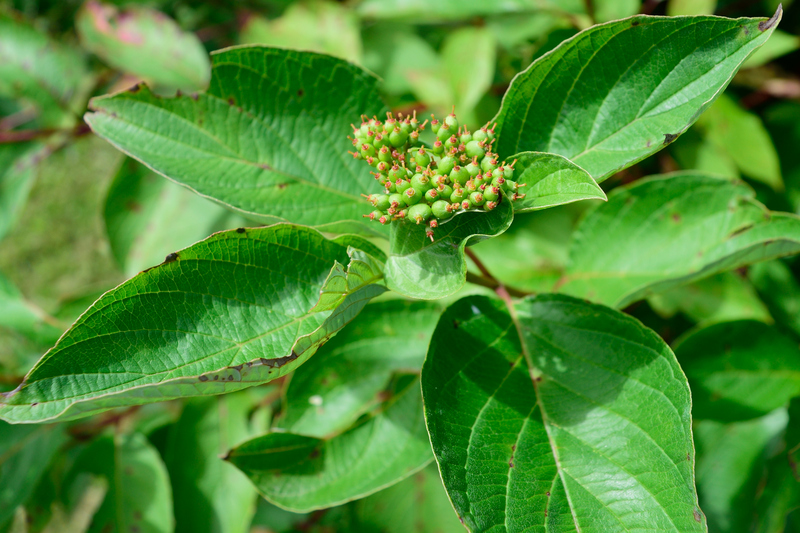Cost-Saving Strategies for Tree Stump Removal
Tree stump removal isn't always top of mind for homeowners, but leftover stumps can hinder landscaping, pose safety hazards, and detract from your property's curb appeal. What's often overlooked, however, are the costs involved. Whether managing a single stump or tackling multiple, finding affordable solutions is critical. In this comprehensive guide, we'll explore cost-saving strategies for tree stump removal, helping you keep your yard tidy and wallet intact.

Why Remove Tree Stumps?
- Safety Hazards: Stumps can trip children, adults, or damage lawnmowers.
- Pest & Fungus Attraction: Rotting stumps are breeding grounds for insects, including termites, ants, and fungi.
- Aesthetic Concerns: Tree stumps often make properties look unkempt.
- Landscaping Limitations: Stumps obstruct new planting and construction.
Despite these concerns, many property owners avoid stump removal services because of the anticipated costs. Fortunately, there are several techniques and strategies to make tree stump removal cost-effective.
Factors Affecting Tree Stump Removal Costs
Before diving into affordable stump removal methods, it's important to understand the cost determinants:
- Stump Size: Larger and deeper stumps are more labor-intensive to remove.
- Tree Species: Hardwoods, such as oak and maple, are tougher and may incur higher fees.
- Root Structure: Extensive or deep roots complicate removal.
- Location: Stumps close to structures or utilities may require extra precautions.
- Number of Stumps: Some companies offer discounts for multiple stump removals.
Understanding these factors will guide you toward the most cost-effective tree stump removal techniques for your specific situation.
DIY Tree Stump Removal: Is It Worth It?
A common question is whether homeowners can save money handling stump removal themselves. The answer is: It depends.
DIY Benefits
- No labor fees. You only pay for materials or equipment rental.
- Flexible schedule. Remove the stump at your own pace.
- Pride of accomplishment. Satisfaction from completing the job yourself.
DIY Challenges
- Physical exertion. Stump removal is hard, often dangerous work.
- Access to proper tools. Removing large stumps typically requires specialized equipment.
- Potential injury to self or property.
- Time-consuming. What a professional could do in an hour might take a weekend or longer.
If you're dealing with a small or partially rotted stump, a DIY approach can offer substantial savings. However, when stumps are large, deeply rooted, or located in hazardous areas, hiring a professional may be safer and ultimately more cost efficient.
Affordable DIY Stump Removal Methods
Manual Removal
Manual stump removal is the most direct method but requires significant effort. For this process, you'll need:
- Shovel
- Pickaxe or mattock
- Hand saw or ax
- Steel digging bar
- Protective gear (gloves, boots, safety glasses)
Steps:
- Dig around the base to expose roots.
- Cut through the major roots with a saw or ax.
- Use digging bars to pry the stump loose.
- Remove the stump and fill the hole with soil.
Cost: Only tools and labor. Many tools can be rented or borrowed, maximizing your savings.
Chemical Stump Removal
Chemical stump removers are widely available at garden centers and home improvement stores.
- Drill holes into the top and sides of the stump.
- Pour the chemical solution into the holes as directed.
- Allow several weeks for the chemical to accelerate decay.
- Once soft, break up the remains with an ax or shovel.
Note: Chemical removal is slow but relatively easy and affordable. Always follow manufacturer safety instructions.
Burning the Stump
In areas where local regulations permit burning, this can be a low-cost solution. Here's how:
- Drill holes in the stump and pour kerosene or fuel oil (never gasoline).
- Let it soak several days.
- Ignite according to safety protocols and supervise the burn.
Warning: Burning produces smoke and potential fire hazards. Always consult fire codes and authorities first.
Rotting the Stump Naturally
Speed up decomposition without chemicals by using organic methods:
- Drill holes into stump surface and fill with high-nitrogen fertilizer.
- Keep moist and cover with tarp or mulch to retain heat.
- Reapply fertilizer periodically.
Though slow (can take months to years), this natural stump breakdown is eco-friendly and inexpensive.
DIY Stump Grinding Rental
If you have multiple stumps or larger ones, renting a stump grinder can be more budget-friendly than hiring a service.
- Check rental centers for grinder availability and instruction.
- Use protective gear and follow safety guidelines.
- Grind stump down below ground level; fill in with soil.
Cost: Machines typically rent for $75-$200 per day; a major cost saving compared to professional tree stump grinding services.
Professional Tree Stump Removal: Tips for Saving Money
Sometimes hiring a tree service company is necessary, particularly for large, mature stumps or complex root systems. Here are ways to keep costs down:
Request Multiple Quotes
- Contact several reputable local tree service providers.
- Request detailed quotes (including labor, equipment, and disposal fees).
- Compare costs and ask about price matching.
Bundle Tree Services
- Combine stump grinding with tree removal, trimming, or brush clearance for a package discount.
Opt for Off-Season Scheduling
- Book removal during a company's slower months (late autumn, winter) for possible discounts.
Prepare the Site Yourself
- Clear debris, rocks, or fencing around the stump beforehand to minimize labor charges.
Group Removals
- If neighbors need stump removal, hire one service for multiple yards and request a group rate.
Ask About Haul-Away Options
- Save by disposing of wood chips or debris yourself, if possible.
Pro Tip: Always verify the company's insurance and references before booking any professional tree stump removal service.
Alternative Stump Removal Ideas on a Budget
- Make Use of the Stump: Transform the stump into a planter, garden stool, or birdbath base.
- Embrace Nature: Leave the stump as a natural wildlife habitat (if pest risk is minimal), supporting insects and birds.
- Level the Stump: Cut flush to ground and cover with soil, mulch, or sod--cheaper than removing roots.
Community Resource Sharing
- Borrow or rent equipment from neighbors or local tool libraries.
- Share rental costs by scheduling with others needing stump removal.
Common Mistakes to Avoid in Cheap Stump Removal
- Using gasoline or unsafe accelerants: This is dangerous and often illegal.
- Ignoring local regulations: Always check city bylaws regarding burning, chemical use, and disposal.
- Underestimating the work: Even small stumps can be unexpectedly tough to remove.
- Neglecting aftercare: Unfilled holes can cause injuries; always restore the site properly.
- Choosing unreliable contractors: The lowest bid could mean poor quality--ask for references and credentials.

Frequently Asked Questions about Low-Cost Stump Removal
How much does professional stump removal cost?
The average price ranges from $50 to $300 per stump, with larger or more complex jobs costing more. Multiple stumps may reduce the per-stump fee.
Will insurance cover tree stump removal?
In most cases, insurance does not cover regular stump removal expenses unless the stump resulted from a covered peril, such as a storm.
Which is cheaper: grinding or removal?
Stump grinding is usually less expensive and far less invasive; it shreds the stump below ground without removing roots, requiring less labor and time.
Are there risks with DIY stump removal?
Yes. Potential risks include property damage, injury, and utility line disruption. Evaluate the situation carefully and consider a professional for large or risky projects.
Conclusion: Smart Budgeting for Tree Stump Removal
Removing tree stumps need not drain your savings. With a combination of DIY techniques, smart equipment rental, professional price comparison, and innovative reuses, you can achieve a safer, more attractive yard without overspending. Always balance savings against safety, and select the tree stump removal strategy that best suits your needs, your budget, and the size of the job.
Stump removal might seem challenging, but with the cost-saving tips and methods outlined above, you're well-positioned to handle the job efficiently and affordably.
For best results, always tailor your approach to your tree species, stump size, and site conditions. If in doubt, consult an experienced local arborist for personalized advice.